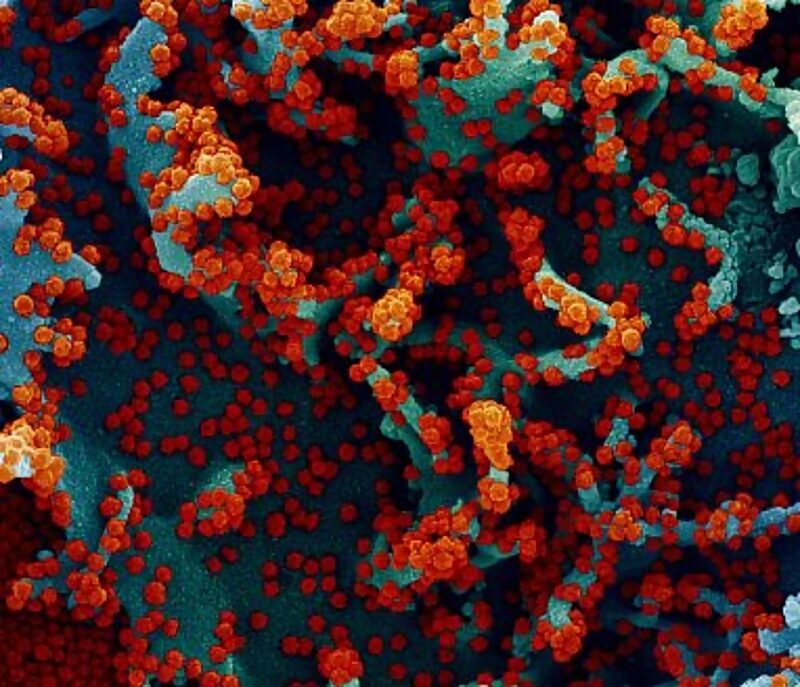
This long-term immune protection involves several components. Antibodies — proteins that circulate in the blood — recognize foreign substances like viruses and neutralize them. Different types of T cells help recognize and kill pathogens. B cells make new antibodies when the body needs them.
All of these immune-system components have been found in people who recover from SARS-CoV-2, the virus that causes COVID-19. But the details of this immune response and how long it lasts after infection have been unclear. Scattered reports of reinfection with SARS-CoV-2 have raised concerns that the immune response to the virus might not be durable.
To better understand immune memory of SARS-CoV-2, researchers led by Drs. Daniela Weiskopf, Alessandro Sette, and Shane Crotty from the La Jolla Institute for Immunology analyzed immune cells and antibodies from almost 200 people who had been exposed to SARS-CoV-2 and recovered.
Time since infection ranged from six days after symptom onset to eight months later. More than 40 participants had been recovered for more than six months before the study began. About 50 people provided blood samples at more than one time after infection.
The research was funded in part by NIH's National Institute of Allergy and Infectious Diseases (NIAID) and National Cancer Institute (NCI). Results were published on January 6, 2021, in Science.
The researchers found durable immune responses in the majority of people studied. Antibodies against the spike protein of SARS-CoV-2, which the virus uses to get inside cells, were found in 98% of participants one month after symptom onset. As seen in previous studies, the number of antibodies ranged widely between individuals. But, promisingly, their levels remained fairly stable over time, declining only modestly at 6 to 8 months after infection.
Virus-specific B cells increased over time. People had more memory B cells six months after symptom onset than at one month afterwards. Although the number of these cells appeared to reach a plateau after a few months, levels didn't decline over the period studied.
Levels of T cells for the virus also remained high after infection. Six months after symptom onset, 92% of participants had CD4+ T cells that recognized the virus. These cells help coordinate the immune response. About half the participants had CD8+ T cells, which kill cells that are infected by the virus.
As with antibodies, the numbers of different immune cell types varied substantially between individuals. Neither gender nor differences in disease severity could account for this variability. However, 95% of the people had at least 3 out of 5 immune-system components that could recognize SARS-CoV-2 up to 8 months after infection.
"Several months ago, our studies showed that natural infection induced a strong response, and this study now shows that the responses last," Weiskopf says. "We are hopeful that a similar pattern of responses lasting over time will also emerge for the vaccine-induced responses."
References: Immunological memory to SARS-CoV-2 assessed for up to 8 months after infection. Dan JM, Mateus J, Kato Y, Hastie KM, Yu ED, Faliti CE, Grifoni A, Ramirez SI, Haupt S, Frazier A, Nakao C, Rayaprolu V, Rawlings SA, Peters B, Krammer F, Simon V, Saphire EO, Smith DM, Weiskopf D, Sette A, Crotty S. Science. 2021 Jan 6:eabf4063. doi: 10.1126/science.abf4063. Online ahead of print. PMID: 33408181.



Comment: The research shows that allowing for the development of natural immunity leads to better protection from all classes of corona virus.
Dr. Farella of America's Frontline Doctors: No Covid jabs for kids - children have robust immune systems and confer immunity to adults